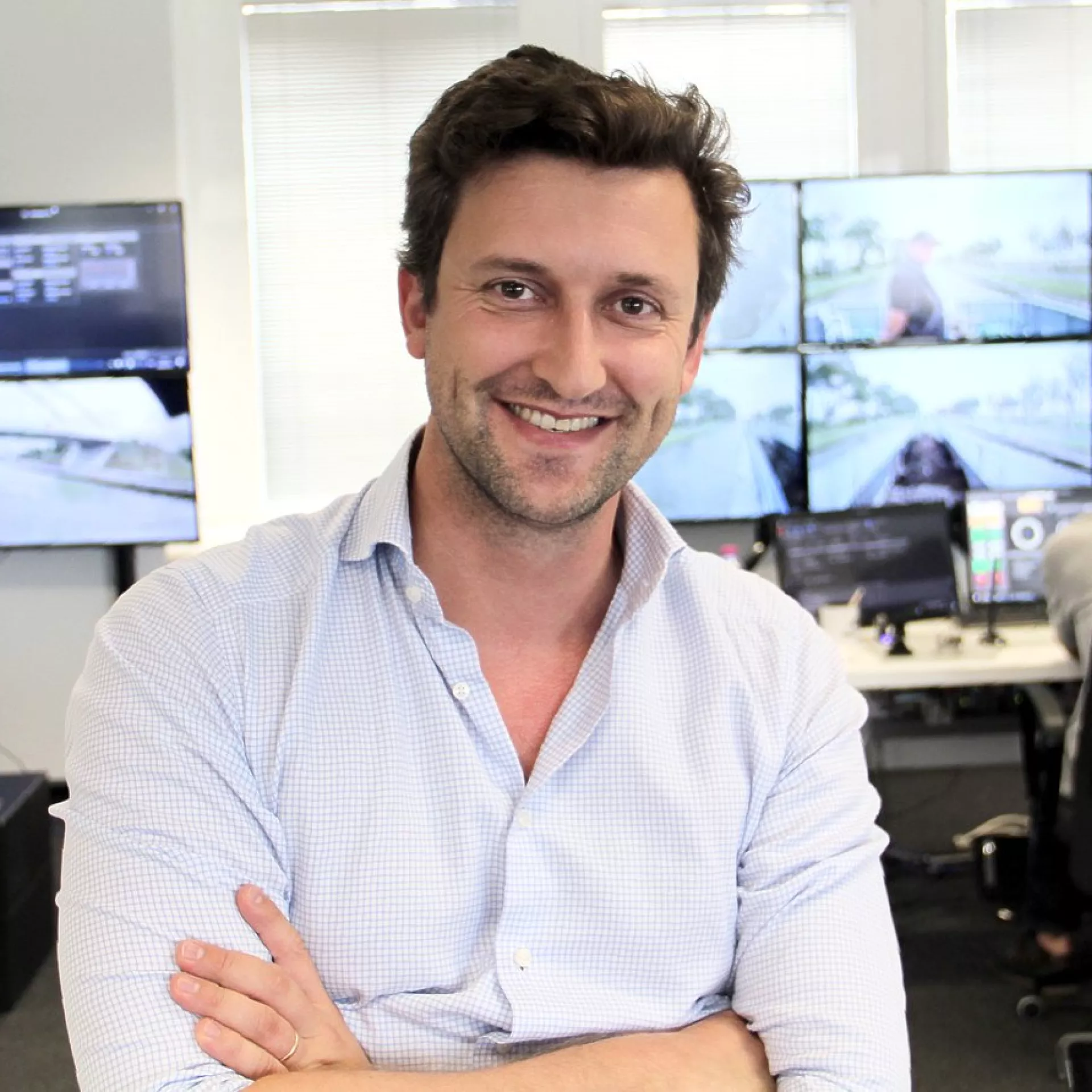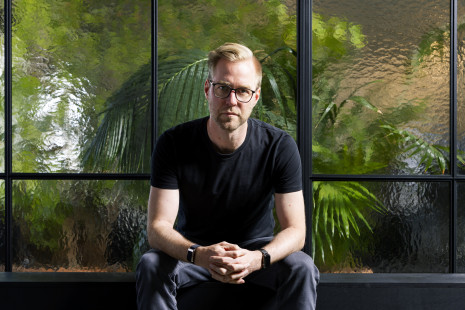Semi-autonomous inland shipping
Louis-Robert Cool
A major accelerator for our enterprise was the opportunity offered to us by the Port of Antwerp.

Operating vessels from a Shore Control Center
Europe and Flanders need to shift cargo from road to water. But there’s a problem: a shortage of captains in Europe and fewer young people interested in a career in shipping. Could reduced-crew, semi-autonomous inland vessels supported by cutting-edge technology and artificial intelligence be the solution? In the futuristic Seafar command centre in Antwerp, CEO Louis-Robert Cool talks about the Seafar solution. “I started Seafar to see if the idea was viable. A major accelerator for our enterprise was the opportunity offered to us by the Port of Antwerp. They allowed us use a ship to test our technology and develop it to maturity, enabling us to demonstrate our solution to potential clients.”
Next gen nautical talent
You could call it the future of shipping. “We believe that we can attract a new generation of captains with our system”, says Cool. “First of all, our captains can have a day job because they’re not on board while navigating the ship. In our Shore Control Center, they have a 360° view of the ship and surroundings, and they have a great deal of data at their disposal, thanks to our system. While they don’t hear the engines or feel the wind on their face, it still feels very intuitive, especially for captains who grew up with tablets and gaming.”
Shipping as a service
There are many advantages for shipping companies. “Thanks to our system, the barges can navigate semi-autonomously. Only when passing critical points, like locks, do our captains take over control. Once the ship is docked, we disconnect. This means that the shipping company only pays for the hours actually worked and not for waiting times while docked. Continuous interaction between captains and our software developers ensures that our system keeps getting better, which benefits everyone. Our captains can monitor more than one ship at the same time. Our solution gives shipping companies a reason to invest in new fleets and contribute to new forms of mobility.”
Support from space technology
To navigate a ship remotely, Seafar uses a highly accurate positioning system called RTK (Real-Time Kinematic). This enables a ship to be positioned with 10-centimetre precision. “Space technology also helps with our communications”, says Cool. “To make the correct decisions while navigating, we need stable communication between ship and shore. We achieve this by combining 4G, 5G and satellite communication thanks to collaboration with the European Space Agency (ESA).”
Antwerp taking the lead
2022 also saw the announcement that a Belgian shipowner had ordered 10 semi-autonomous 'River Drones'. Equipped with Seafar technology, these dry cargo and container vessels will be operated from the SCC in Antwerp and will become the next generation of sustainable ships.
Flanders is, currently, the only region worldwide where commercial ships can be navigated remotely. “It gives us a head start”, says Louis Cool. “In other countries, legislation is beginning to change. We’re getting ready to sell our technology and become a top 3 European player in the long term.”


